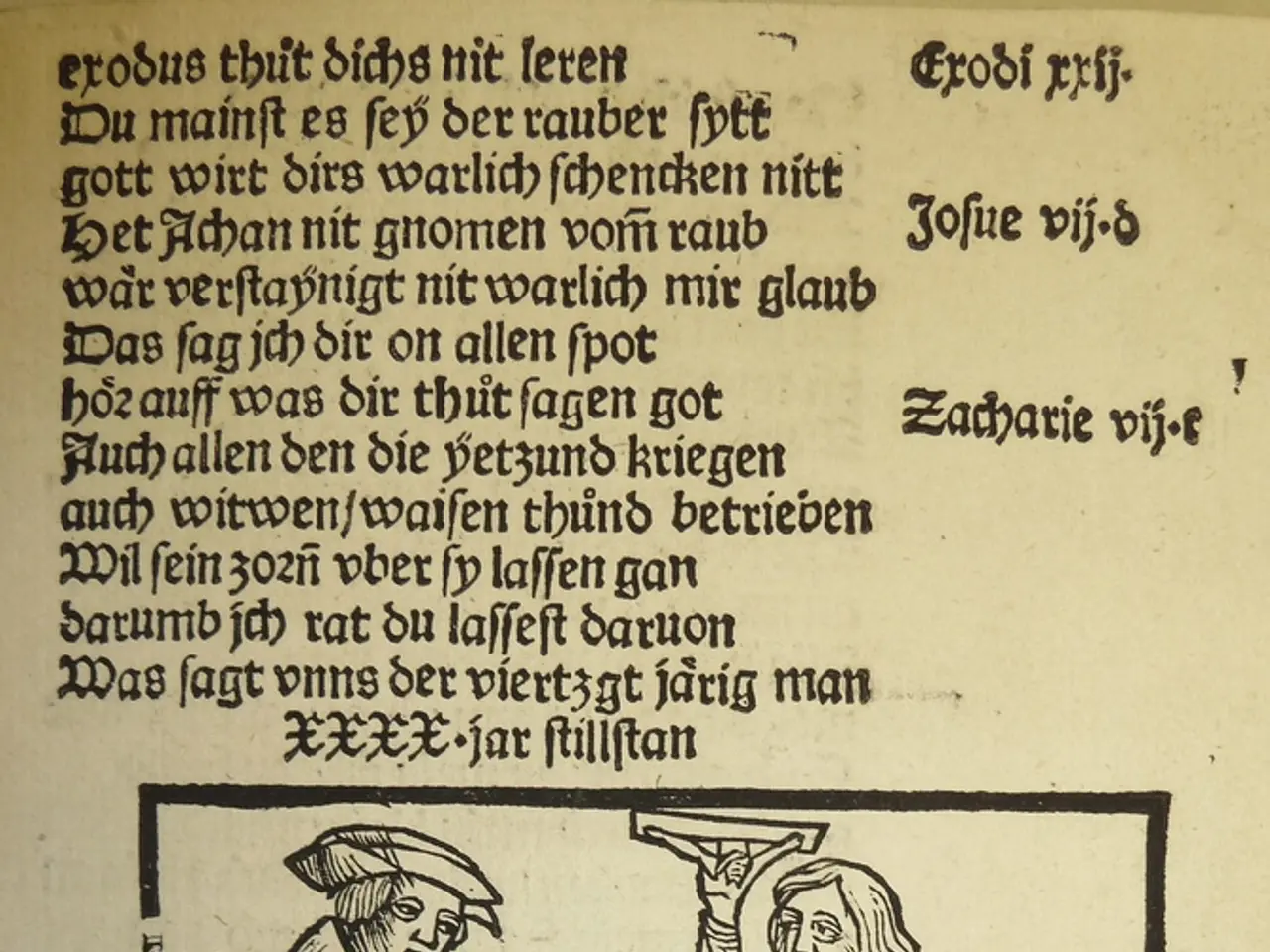Struggling Japanese Students Grapple with Essay-Style Examinations
In a significant development, the results of the recent national achievement test held in April for sixth-grade elementary school students and third-grade junior high school students have revealed a gender gap in the performance of Japanese-language questions.
The test, which saw the participation of approximately 1.9 million students from about 28,000 schools nationwide, showed that female students outperformed their male counterparts in the Japanese-language section. Specifically, the correct answer rate for Japanese-language questions was higher for female students in the sixth grade of elementary school.
However, the story is different for the third grade of junior high school. Here, male students had a lower correct answer rate for Japanese-language questions compared to female students. The low correct answer rates for description-type questions in the Japanese-language section of the test are primarily due to students struggling to express their thoughts clearly and understandably in writing. The average correct answer rate for these description-type questions was notably low, around 25.6%.
This struggle among students in answering questions that required writing thoughts in a way others can understand could indicate a potential need for improvement in Japanese-language education for male students. On the other hand, the positive trend in the performance of Japanese-language questions for female students correlates with higher self-reported interest, skill, and understanding of the subject among girls compared to boys.
It's worth noting that this is the first national achievement test to release results by gender. The ministry released these results for the first time in the fiscal 2025 national achievement test.
The overall correct answer rate for the Japanese language section declined to 54.6% from a previous 58.4%, the lowest since the current question format started in 2019. This decline is largely attributed to the challenges students face in writing their ideas in a way that others can comprehend, which is a critical skill assessed in description-type questions.
In conclusion, the main factors contributing to the low correct answer rates in the Japanese-language section of the national achievement test are difficulties in written expression skills required for description-type questions and potentially varying student engagement or confidence levels in Japanese language skills. The gender gap in performance suggests a need for a more gender-neutral and inclusive approach in Japanese-language education.
- Despite the gender gap in performance in Japanese-language questions, the higher correct answer rates for female students may indicate a stronger interest and understanding in the subject, contributing to their personal growth and learning.
- The low correct answer rates for description-type questions in the Japanese-language section highlight the potential need for improvement in education-and-self-development, specifically focusing on written expression skills and developing a more inclusive environment for both genders to foster equal opportunities in learning.




